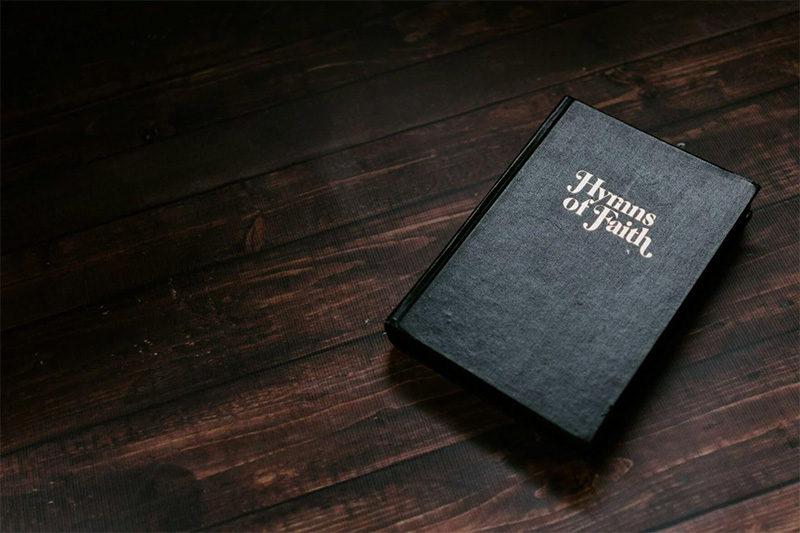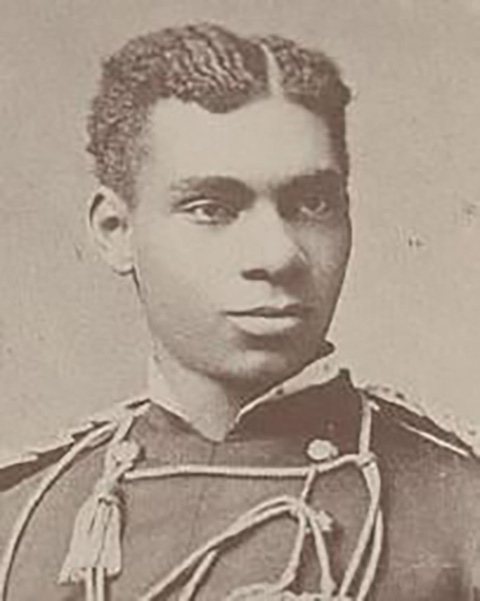By Chip Hutcheson
Kentucky Today
At Christmas, the sounds of hymns from long ago are heard in churches throughout the world. But what do you know about some of the hymns that are traditionally sung this time of year?
Here is some history associated with a few of those hymns.
• Angels From the Realms of Glory was written by James Montgomery and first published in the Sheffield Register, the newspaper he owned and operated. Montgomery was only six years old when he learned that his missionary parents had died while ministering to the people of Barbados.
He had a difficult childhood, but eventually grew to love the power of the written word. He used the newspaper he purchased to speak out on the social issues of his day and continue the legacy of ministry his parents had left to him.
He published his hymn in 1816 to remind people that Christmas was a time to worship Christ.

• Do You Hear What I Hear was written in 1962 during the Cuban Missile Crisis as a powerful plea for peace by a man who had experienced the horrors of war.
Many people mistakenly assume this Christmas classic has been around for years and that it is of European origin.
In October 1962, the Soviet Union and the United States were involved in a crisis centered on missiles the Russians had installed in Cuba. The U.S. threatened military action if the missiles were not removed. The world trembled and prayed as these two nuclear powers stood eyeball-to-eyeball.
That October, as Noel Regney walked through the streets of New York, a sense of despair was in the air. No one smiled. Regney had endured the horrors of war and knew the fear and terror of being close to death. The safe and secure life he had built for himself in the U.S. was on the verge of ending.
“I had thought I’d never write a Christmas song,” he recalled. “Christmas had become so commercial. But this was the time of the Cuban Missile Crisis. In the studio, the producer was listening to the radio to see if we had been obliterated.
“Enroute to my home, I saw two mothers with their babies in strollers. The little angels were looking at each other and smiling. All of a sudden, my mood was extraordinary.”
A glimpse of these babies filled Regney’s heart with poetry. The little ones reminded him of newborn lambs. Thus, the song begins, “Said the night wind to the little lamb….”
Arriving home, he jotted down the lyrics. Then he asked his wife Gloria to write the music to accompany his words. “While walking down the street in New York, my mother heard trumpets playing the melody in her head,” explains their daughter, Gabrielle.
“Noel wrote a beautiful song,” Gloria said later, “and I wrote the music. We couldn’t sing it, through; it broke us up. We cried. Our little song broke us up. You must realize there was a threat of nuclear war at that time.”
• God Rest Ye Merry Gentlemen is a hymn which has an unknown author. The song encourages us to praise God for His love, and then embrace others with that love.
• Joy to the World was written by Isaac Watts in 1719, based on Psalm 98. The song was not originally intended to be a Christmas hymn about the Nativity, but rather a hymn about the final coming of Christ at the end of the ages. It is then that Jesus will rule the world with truth and grace.
• Hark the Herald Angels Sing was written by Charles Wesley. The words were originally sung to the tune of Amazing Grace and later to the tune of Christ the Lord is Risen Today. George Whitefield, the preacher famous for his sermons during the first Great Awakening, wrote the familiar melody we sing today.
• We Three Kings is also known as Quest of the Magi, written by John Henry Hopkins, Jr., in 1857. He as the rector of a Pennsylvania church and wrote the hymn for a Christmas pageant. The song was published in 1862. The song and a wrong theology grew popular shortly after.
The magi were kings, and they were from the Orient, the “east.” The magi presented three gifts to Jesus, but most people have come to believe there were only three kings — and that is considered unlikely.
There is a document called “Revelation of the Magi” that may have been written about 100 years after the book of Matthew. It is not Scripture, but it is interesting study. That author describes a group as small as 12, but possibly much larger. They were thought to be descendants of Noah’s son, Seth, and had been given the knowledge that God would provide a great light that would lead them to the King of the Jewish people. When the bright star rose, many followed its path.
Biblically we know that King Herod was impressed by the magi and believed them to be knowledgeable. Herod wanted them to find the baby King and return with information about his whereabouts. The magi found Jesus, worshipped Him, presented Him with the gifts and returned home without warning Herod. An angel had warned them about Herod’s treachery, and they heeded that warning.
Matthew is the only gospel that records the story of the magi. His Jewish readers would have understood that Herod’s verdict upon the Jewish children following the visit of the magi fulfilled the prophecy of Jeremiah quoted in Matthew 2:18: “A voice is heard in Ramah, weeping and great mourning, Rachel weeping for her children and refusing to be comforted, because they are no more.”
The magi were used by God to help the people know that Jesus was their perfect Light. Later, Jesus taught, “In the same way, let your light shine before others” (Matthew 5:16).

















